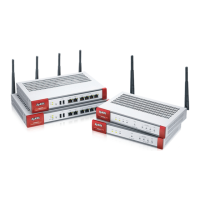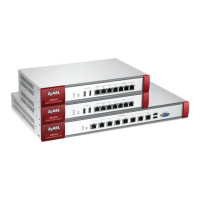Chapter 28 Anti-Malware
ZyWALL ATP Series User’s Guide
532
4 Once the malware is spread through the network, the number of infected networked computers can
grow exponentially.
Types of Anti-Malware Scanner
The section describes two types of anti-malware scanner: host-based and network-based.
A host-based anti-malware (HAM) scanner is often software installed on computers and/or servers in the
network. It inspects files for malware patterns as they are moved in and out of the hard drive. However,
host-based anti-malware scanners cannot eliminate all malware for a number of reasons:
• HAM scanners are slow in stopping malware threats through real-time traffic (such as from the
Internet).
• HAM scanners may reduce computing performance as they also share the resources (such as CPU
time) on the computer for file inspection.
• You have to update the malware signatures and/or perform malware scans on all computers in the
network regularly.
A network-based anti-malware (NAM) scanner is often deployed as a dedicated security device (such
as your Zyxel Device) on the network edge. NAM scanners inspect real-time data traffic (such as email
messages or web) that tends to bypass HAM scanners. The following lists some of the benefits of NAM
scanners.
• NAM scanners stops malware threats at the network edge before they enter or exit a network.
• NAM scanners reduce computing loading on computers as the read-time data traffic inspection is
done on a dedicated security device.

